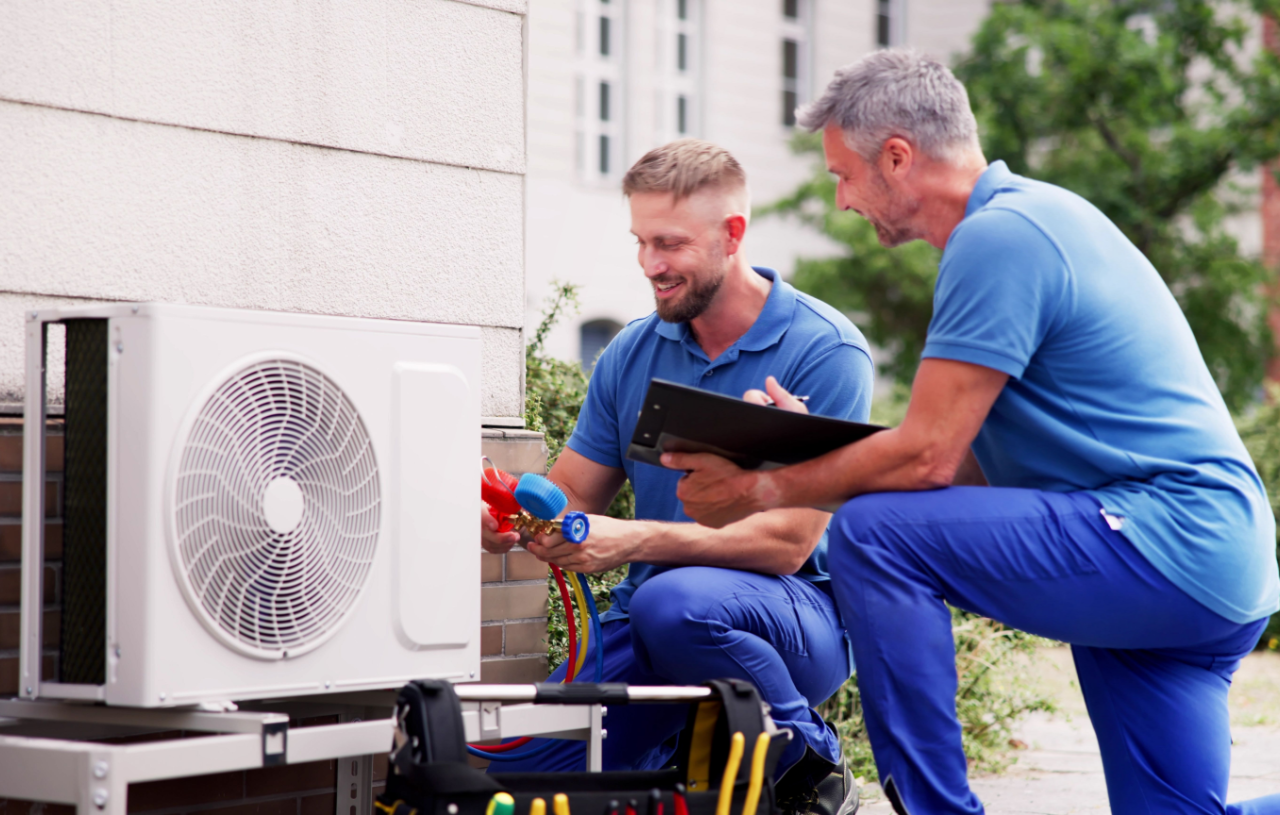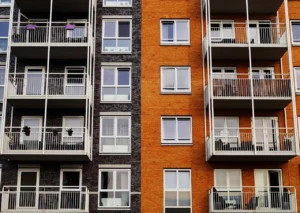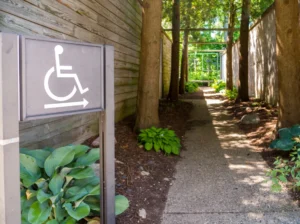A well-maintained property isn’t just about keeping things looking nice.

Why Proactive Maintenance Keeps Tenants Happy
A well-maintained property isn’t just about keeping things looking nice. It plays a crucial role in tenant satisfaction, lease renewals, and long-term property value. When landlords stay ahead of maintenance issues, they create a living experience that tenants appreciate. This means fewer complaints, lower tenant turnover rates, and fewer costly emergency repairs.
Frequent rain and seasonal temperature shifts make proactive maintenance even more important. Neglecting upkeep can lead to water damage, mold growth, and inefficient heating systems, which can drive tenants to look elsewhere.
By taking a proactive approach, landlords can provide a safe, comfortable, and attractive living environment that encourages tenants to stay for the long haul.
This blog will explore key maintenance tasks, the benefits of seasonal inspections, and how proactive property care contributes to tenant retention.
Key Maintenance Tasks to Prioritize for Tenant Satisfaction
Prioritizing the right maintenance tasks can lead to fewer complaints and a higher likelihood of lease renewals. In this section, we’ll highlight the most important maintenance tasks. However, keep in mind this is not an exhaustive list.
Routine HVAC Servicing
Seattle’s damp climate makes heating and cooling systems work harder throughout the year. Regular servicing ensures that HVAC systems run efficiently, preventing breakdowns in extreme weather.
A poorly maintained heating system can leave tenants dealing with cold temperatures in winter, leading to frustration and potential lease non-renewals. Scheduling seasonal HVAC tune-ups and filter replacements helps maintain indoor air quality and ensures tenant comfort.
Plumbing and Electrical System Checks
Plumbing leaks and electrical issues are some of the most common tenant complaints. A dripping faucet or faulty wiring can escalate into larger, more expensive problems if left unaddressed. Proactively checking for leaks, testing smoke detectors, and ensuring that all electrical outlets function properly can prevent emergencies and build tenant trust in the property management team.
Common Area and Exterior Maintenance
For multifamily properties, shared spaces like hallways, parking lots, and laundry facilities require regular upkeep. Keeping these areas clean, well-lit, and in good condition enhances the overall tenant experience. Exterior maintenance, such as roof inspections, gutter cleaning, and siding repairs, also prevents long-term structural damage and keeps the property visually appealing.
The Benefits of Seasonal Inspections and Timely Repairs
Staying ahead of seasonal maintenance ensures that a property remains in top condition, no matter the time of year. This section will cover the reasons you should have a seasonal inspection and maintenance schedule.
Preventing Costly Long-Term Issues
Seasonal inspections help landlords catch small issues before they turn into expensive repairs. For instance, checking for roof leaks before Seattle’s heavy rain season can prevent costly water damage and mold growth. Clearing gutters in the fall ensures proper drainage, preventing ice buildup and potential structural issues in the winter.
Impact on Tenant Satisfaction and Lease Renewals
Tenants want to feel secure knowing their landlord takes maintenance seriously. Quick responses to repair requests, like fixing a leaking faucet or a broken heater, show that their comfort and well-being are a priority.
A well-maintained home makes tenants more likely to renew their lease, while delayed repairs can create frustration and drive them to look for housing elsewhere.
Source: Real Property Associates













 Accessibility
Accessibility